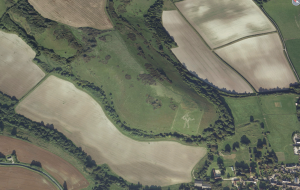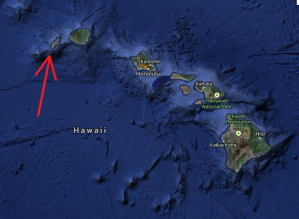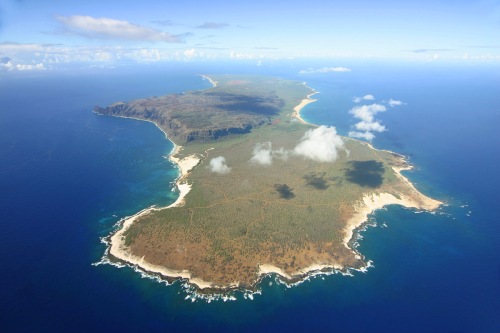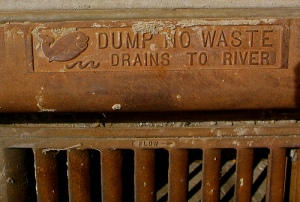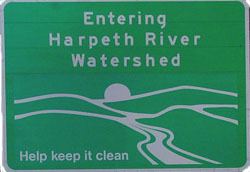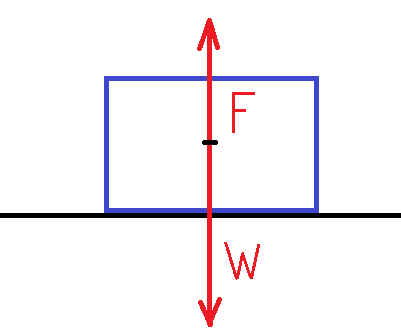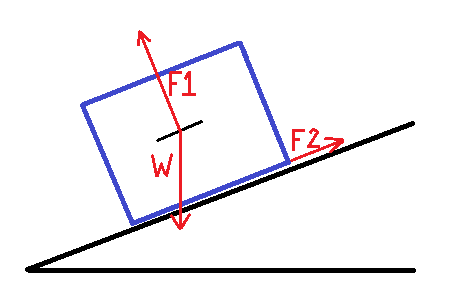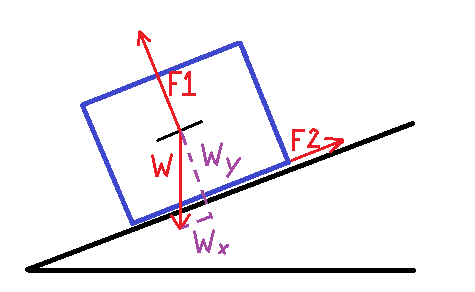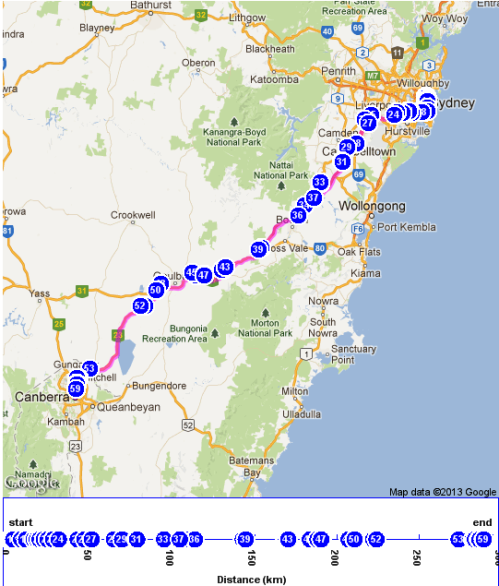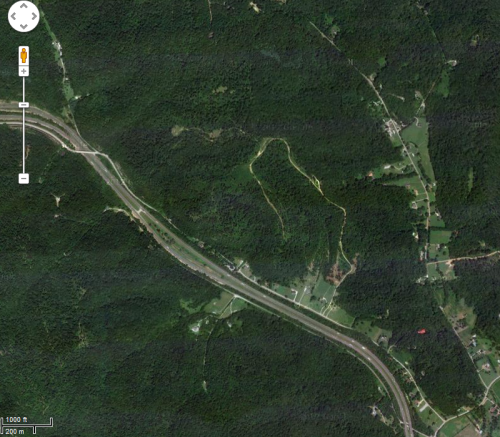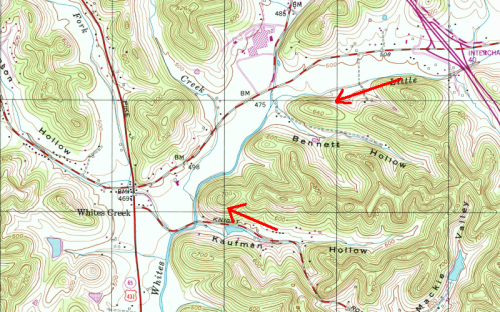I’ve often heard it said that Europe is a bit surreal for Americans because it has been heavily settled for a very long time, and so many things there are much older than recorded history in North America. I recently ran across an interesting example of exactly that. Cerne Abbas is a small village in Dorset, England with a population of less than 1,000. It’s known as a tourist town for several reasons, but the biggest is found on a hill just north of town.

Photo straight from Google Maps (the Trendle ruins are visible above the giants head at the hill crest)
The Cerne Abbas giant is part of the National Trust which makes it an official historic landmark in the United Kingdom. The giant is a 180 ft tall 167 ft wide outline carved into a hillside just outside Cerne Abbas. The outline was created by digging a roughly 1 ft wide by 1 ft deep trench in the desired shape which was then filled with chalk. The giant is carrying a club and blatantly male due to the highly visible erect penis roughly the same size as his head. He is carrying a club in one hand and archaeologists have discovered evidence that a cape or something similar was draped over his outstretched arm but has been allowed to deteriorate until no longer visible.
No one is quite sure how long the giant has been on the hillside. The style is reminiscent of Iron Age artwork, and there is ample evidence of Iron Age settlements in the area, but no written record of the giant can be found until 1751 leading many scholars to believe he was constructed in the late 1600’s. National surveys in the area don’t make mention of the giant until around the same time frame and some historians think it may be a parody of Oliver Cromwell. The presence of an abbey in Cerne Abbas also casts doubt on the possibility of the giant being created earlier because most consider it unlikely the monks of the abbey would allow a pagan symbol so close to their home.

Fresco of Hercules with the skin of the Nemean lion from the Museo Archeologico di Milano (Archaeological Museum in Milan, Italy)
Competing theories posit that the giant was created during or before the Roman occupation of Britain due to its resemblance to Hercules. These theories are partially based on the presence of ancient ruins known as The Trendle on the hill above the giant These theories gained enormous weight after the discovery of the obliterated line indicating something draped over his arm as that creates a parallel to Hercules with the skin of the Nemean lion draped over his arm.
Local legend says that the giant is the outline of an actual giant who traveled to Britain from Denmark and was slain on the hill. It’s also considered a fertility symbol, and sleeping between the giants legs would grant you a child. This theory was given a little extra weight in 2010 when it was reported that women in the area around the giant have a much higher fertility rate. Apparently it seems likely enough to give it an effort because the local constables receive a lot of calls about couples in the grass around the giant.
It doesn’t surprise me in the least that the giant has bee used to sell everything from condoms to jeans, and in 2007 he was used as part of a publicity stunt for the Simpsons movie when a giant Homer Simpson holding a doughnut was painted in the field next to the giant. Homer was painted with biodegradable paint and local pagans who were very offended by his proximity to the giant were reported to conduct rain magic to wash Homer off as quickly as possible.
In the 1930’s the British Home Office received an outraged request from the Bishop of Salisbury to cover up the giants prominent phallus in some way but it came to nothing at the time. The Bishop did partially get his request during World War II when the giant was covered up so that Nazi bombers flying across the channel could not use him as a landmark to find their way to targets.
Prevailing academic theory seems to be that the giant was built in the 1600’s, but I prefer to think he’s a lot older than that. I much prefer the theory that he is Hercules and was created during the Roman era in Britain. Creating the giant would be a huge amount of effort before the invention of construction equipment which makes him seem more of religious significance than some sort of political parody. The giant also seems to be very high maintenance (the National Trust used a flock of sheep to keep the grass trimmed for years) so it wouldn’t be difficult for him to disappear for a few centuries until the time was right for him to return.
